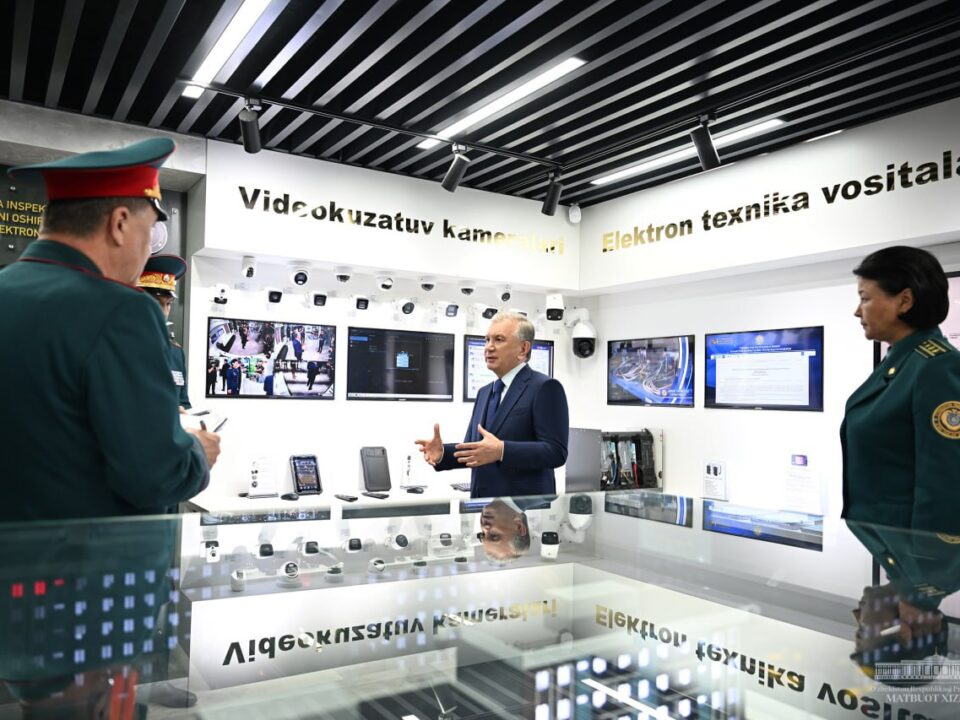Over the past four years, the volume of gross regional in Tashkent region has almost doubled, and industrial production increased 2.2 times. $2.2 billion of investments empowered 1,465 projects, contributing to the creation of almost 48,500 jobs.
The Okhangaron district ranks among the centers of such dynamic growth. Construction, energy, engineering, textile, food processing and furniture industries have been boosting there in the years of independence owing to modernization, technical and technological renovation.
The establishment of Angren free industrial zone helped to channel large investments from some developed countries. For example, the Uzbek-Bulgarian joint venture Uz-Prista Recycling produces polysynthetic oils, bitumen and fuel for the furnaces by recycling household and motor oil. Worth $15 million, the project created jobs for over 50 young specialists. Employing more than 1,400 people, enterprises of the Angren industrial zone produced industrial output for a total of 272 billion soums and exported goods for $2.1 million in the first half of 2016 alone.
The creation of a favorable investment environment, implementation of promising projects and stimulation of small and private businesses have ensured the growth of the export capacity in the region. The range of exported goods has been expanded with foods, chemical and agricultural products, ready-made garments. Exports of transport and logistics, tourism, marketing, and banking services have been expanding as well. In 1991, only 10 companies exported their products and services, while today their number exceeds 200. The number of joint ventures in the same period has increased by 80 times.
Tashkent region, with 17% of the country’s industrial output, is also famous for vegetables and grapes. More than 25,000 hectares of cultivated areas in the region are occupied by gardens, and more than 15,000 hectares – by vineyards. Fertile lands were allocated for the development of vegetable production. Farming has been growing dynamically: the number of farms has exceeded 20,000. Fruits and vegetables, milk and meat, grains and eggs are delivered to local markets in abundance, and are uninterruptedly supplied to processing plants.
The development of small business and private entrepreneurship has been a considerable contribution in the dynamic development of the economy, particularly in the introduction of latest high-efficiency and energy-saving technologies, job creation, strengthening of the region’s export capacity and improvement of its infrastructure. To date, the number of business entities has exceeded 40,000.


























